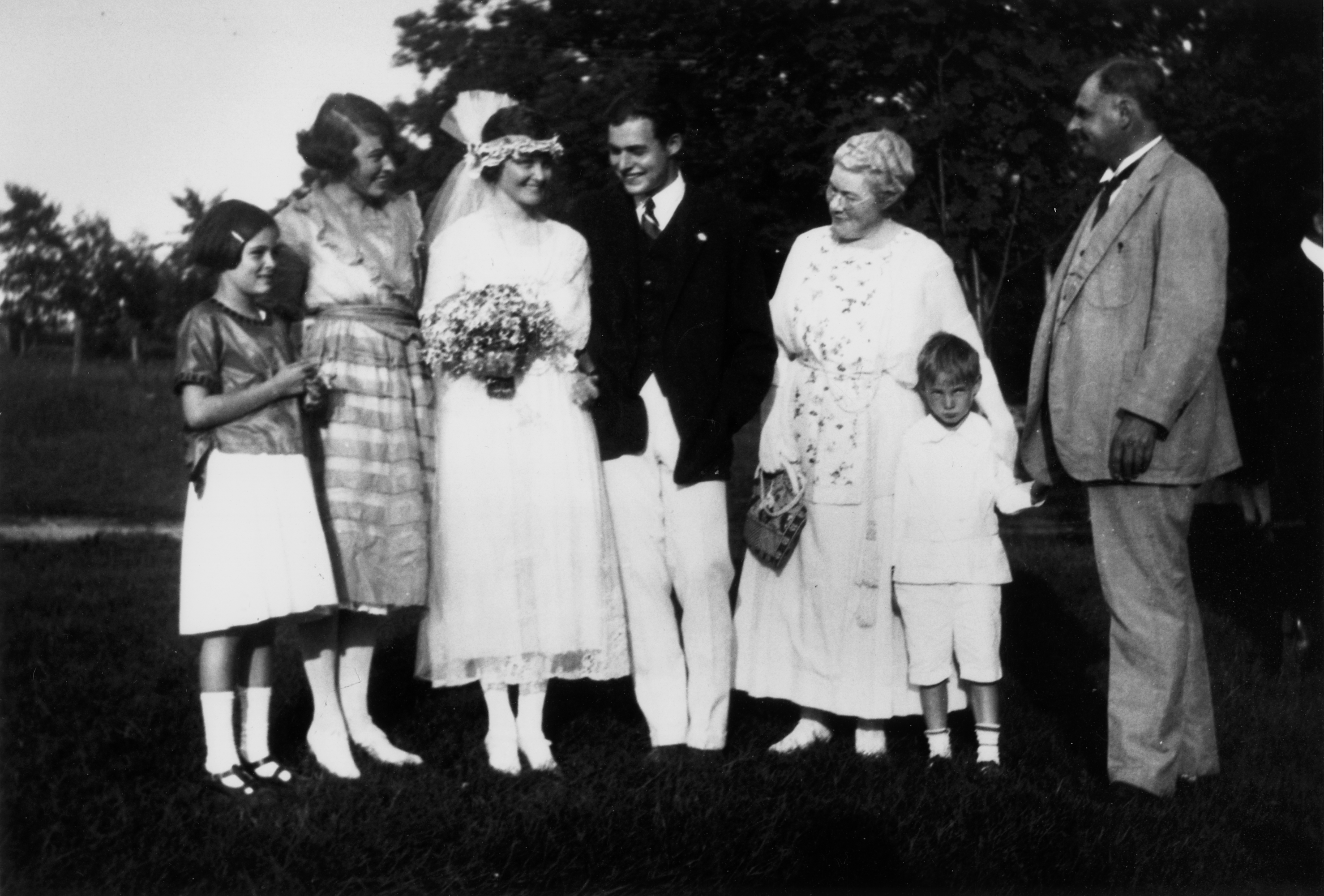Guest Blogger: Chris Manganaro
Every
place in the World is known for something. This seems especially
true when it comes to places like Italy, where the origins of foods
are often aggressively debated between neighbors. What people would
call the culinary capital of Italy would depend on their own
experiences and preferences.
Modena is a city in
the Emilia-Romagna region of Italy. This is where author Eric Dregni
decides to settle down in Italy as the place he considers having “the
best food in the world.” To him, Modena is the culinary capital of
Italy. This is why Dregni’s book is titled Never
Trust a Thin Cook: and Other Lessons from Italy’s Culinary Capital.
According to Dregni,
Modena was the answer to his quest and so the book describes his time
in this paradise. Of course, Dregni does not overly romanticize
Modena, but rather gives the facts about his time there. While he
does seem to genuinely love the city, he is sure to talk about all
sorts of things that make it real, such as how politics work, bike
thieves and the dangers of demanding little old Italian women. Using
his view as an outsider, he gives us a relatable point of view with
which to look at his stories without forcing the picture into a
frame.
Dregni even includes
a dictionary in the back of the book to help the reader. While this
is rather unnecessary as most words are explained in the story, it is
a nice enough addition to help absorb the reader more into Italian
culture. Language is a big part of the book, especially when one
considers Dregni and his girlfriend, Katy, both try their hands at
teaching English to Italians. This makes the dictionary feel like a
clever addition. Whether or not one learns any language from the book
is up to them.
Despite the fact
that Dregni’s quest is supposedly centered on food, the actual book
is not all about it. There are plenty of delicious foods mentioned
and more than enough questionable pig dishes to keep the culinary
reader satiated, but it is not the sole focus of the book. Dregni
approaches many topics throughout his narrative in order to give the
reader a taste of Modena and Italian culture. Due to his widespread
focus, we are given only a taste of each topic, as most stories only
go on for a few pages at most. They are anecdotal in nature and so
some are more humorous and interesting than others. There is even
some history thrown in throughout the stories, yet none of them are
ever really boring. In fact, since they are only a small bite, they
make one crave for more.
This book is one
that can easily be recommended to anyone. It is not too technical in
its descriptions of food or history or anything in particular and, as
such, it should not scare anyone away. It is a set of humorous tales
told through the eyes of an American living in Italy. Because of the
way Dregni writes, it is enjoyable and easy to pick up and read. If
you feel like taking a trip to Italy, why not try going to Modena?



